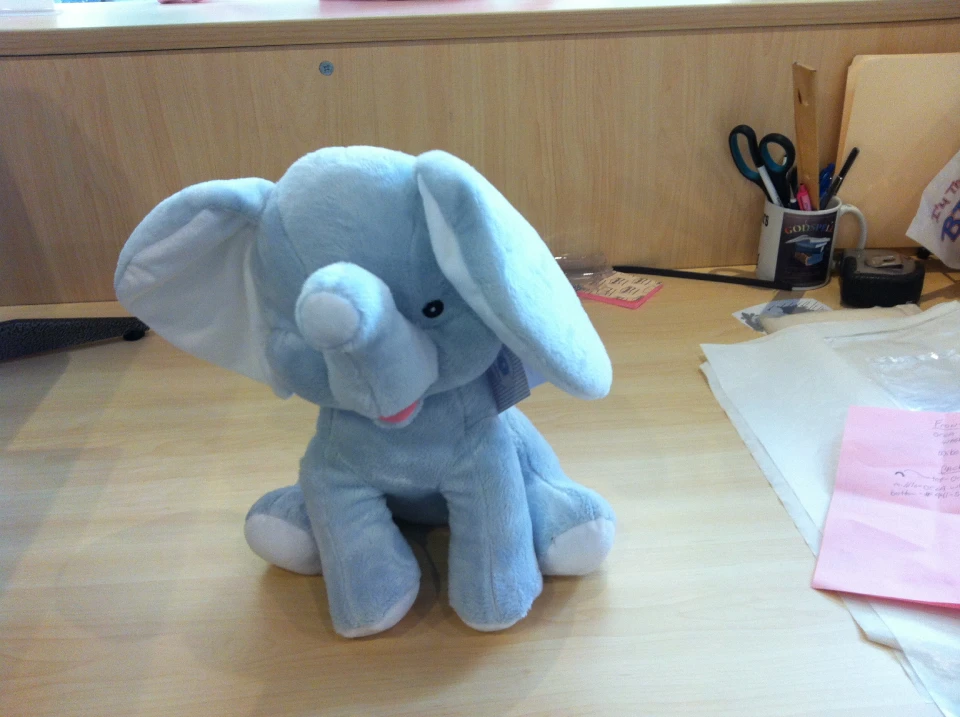Tailored Mugs with Personalized Embroidery Layouts for a Special Present
Tailored Mugs with Personalized Embroidery Layouts for a Special Present
Blog Article
The Art of Customized Needlework: Opening the Tricks to Creating Unique and Memorable Layouts
The secrets to creating personalized embroidery designs that astound the eye and leave an enduring impact lie in a fragile equilibrium of method, imagination, and interest to detail. As we delve right into the world of personalized needlework, we uncover the nuanced interaction between string selection, sew complexity, and layout customization that raises a mere garment to a job of art.
Choosing the Right Needlework Threads
When choosing embroidery strings, what key aspects should you consider to guarantee the most effective outcomes for your custom designs? The option of needlework string is critical in determining the final result of your embroidered style. One of the key considerations is the material of the thread. Different materials such as cotton, polyester, rayon, and silk provide varying levels of shine, toughness, and appearance. It is important to select a thread product that matches the material you are stitching on and lines up with the preferred appearance of the style.
Thicker strings can add dimension and texture to your design, while finer strings are optimal for elaborate information and little text. Furthermore, taking into consideration the color fastness and washability of the thread is vital to make certain that your custom styles preserve their high quality and vibrancy over time.
Exploring Different Stitch Methods
To delve into the realm of 'Checking out Different Stitch Techniques', one have to comprehend the details and subtleties that each stitching technique offers the art of needlework. Different stitch strategies not only add aesthetic passion but likewise add to the overall structure and measurement of the design. One preferred stitch strategy is the satin stitch, which includes very closely packed parallel stitches to create a smooth and shiny surface area, perfect for completing shapes and producing vibrant outlines.
On the other hand, the backstitch is a versatile method often used for detailing and including great information. It entails sewing backward to create a solid line of needlework. Additionally, the French knot stitch adds a tactile aspect to styles, best for producing distinctive accents like blossom facilities or ornamental touches.
Discovering various stitch methods permits embroiderers to have fun with light, shadow, and depth within their layouts, elevating the visual appeal and artistic quality of their needlework tasks. By understanding numerous sewing techniques, one can open limitless possibilities for producing unique and unforgettable custom-made embroidery pieces.
Incorporating Personalized Design Elements
Having actually checked out the intricacies of various stitch techniques such as the satin stitch, backstitch, and French knot, the emphasis now changes towards including customized layout components in customized needlework projects. Individualized design components play an important duty in making embroidery tasks really one-of-a-kind and memorable.
Another means to incorporate tailored design aspects is by consisting of symbols or themes that hold unique meaning to the recipient or show their rate of interests and personality. As an example, integrating a favorite flower, pet, or hobby-related symbol can make the embroidery layout more significant and individualized. Furthermore, choosing colors that resonate with the recipient or align with the designated style can better enhance the customization of the needlework job.
Understanding the Art of Color Control

One key aspect of shade control is recognizing shade theory. This includes knowing just how different shades communicate with each other, the feelings they share, and just how they can be combined to develop visually attractive styles. By applying shade concept concepts, embroiderers can develop unified color schemes that enhance the total appearance of the style.
Furthermore, taking note of my latest blog post contrast is vital in shade control. Using contrasting shades can assist certain aspects of the style pop, enhance readability, and create a visually vibrant needlework item. By grasping the art of shade sychronisation, embroiderers can elevate their styles and produce memorable pieces that resonate with clients and customers alike.
Enhancing Structure With Advanced Embroidery Stitches
French knots, for instance, are best for including small, raised dots to your design, imitating the look of beads or creating a textured surface. Bullion knots, on the other hand, can be used to create twisted, ropelike elements that you can find out more include a glamorous feel to the embroidery. Seed sewing involves small, scattered stitches that can fill out areas with a multicolor texture, while turkey job creates cosy, dimensional accents evocative pet hair or foliage. Trying out with these go to website innovative embroidery stitches allows you to push the borders of conventional needlework and develop absolutely one-of-a-kind and aesthetically enticing textures in your styles.
Conclusion
In verdict, the art of custom-made embroidery entails a combination of picking the ideal threads, discovering different stitch strategies, integrating customized layout aspects, understanding color control, and improving appearance with sophisticated stitches. By recognizing and carrying out these crucial elements, embroiderers can create unique and remarkable designs that display their creativity and ability. Needlework enthusiasts can open the secrets to producing beautiful and bespoke items that stand out and leave an enduring impact.
Report this page